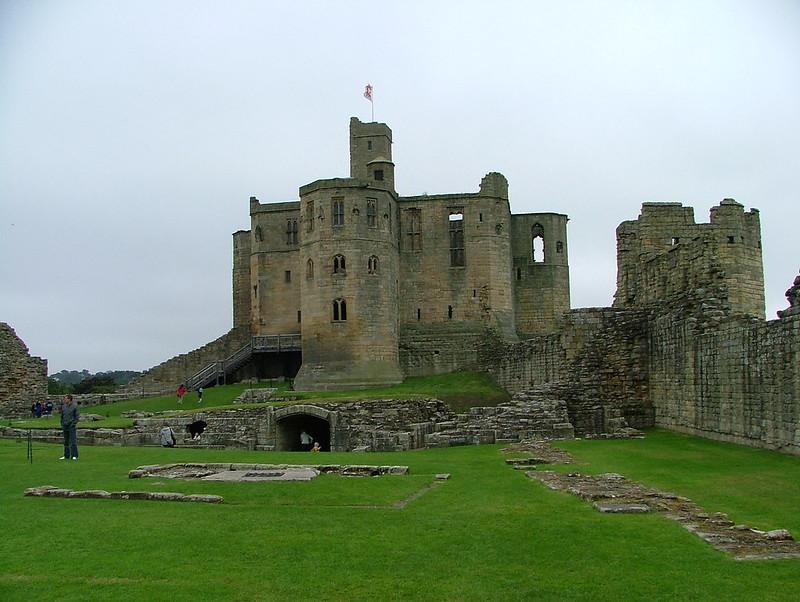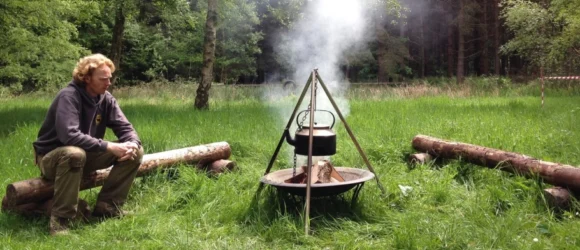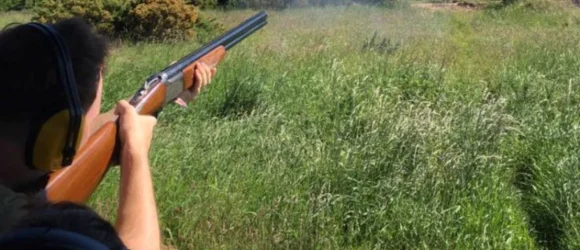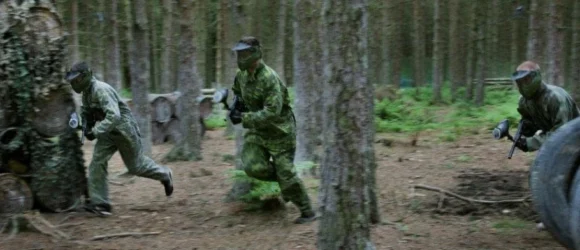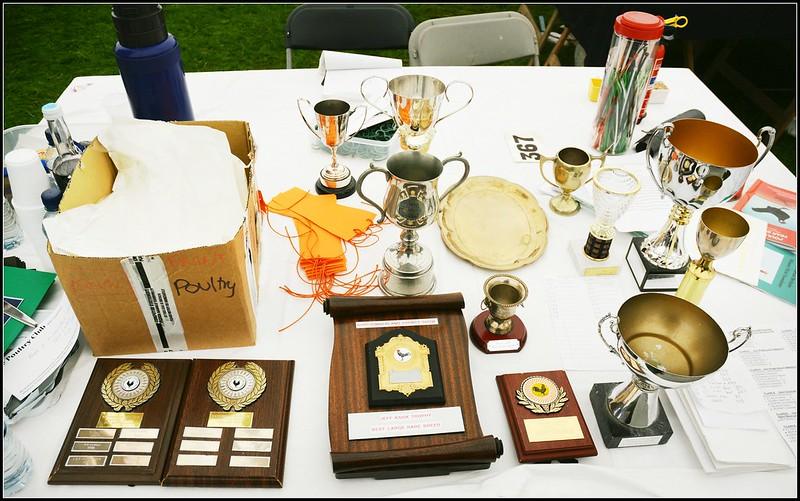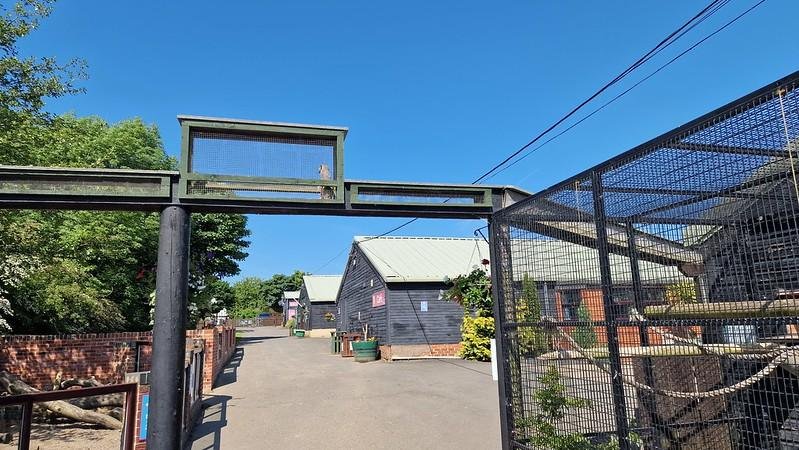Warkworth Castle, perched majestically on a hill overlooking the River Coquet in Northumberland, is a remarkable historical site that offers a glimpse into England's medieval past. This well-preserved fortress, with its rich history and stunning architecture, attracts visitors from around the world.
As one of the most significant castles in the region, Warkworth Castle serves as a testament to the power struggles and architectural advancements of the time.
In this article, we will delve into the castle's historical significance, explore its architectural features, examine the surrounding landscape, and provide essential visitor information for those planning a trip to this historical gem.
A Brief History of Warkworth Castle’s Significance
Warkworth Castle's origins date back to the 12th century when it was established as a defensive stronghold by the Percy family, one of the most influential noble families in England.
The castle played a crucial role during the turbulent times of the Wars of the Roses and the English Civil War, serving as a strategic military base. Its location allowed for effective surveillance of the surrounding area, making it a vital asset in the defence against invasions and rival factions.
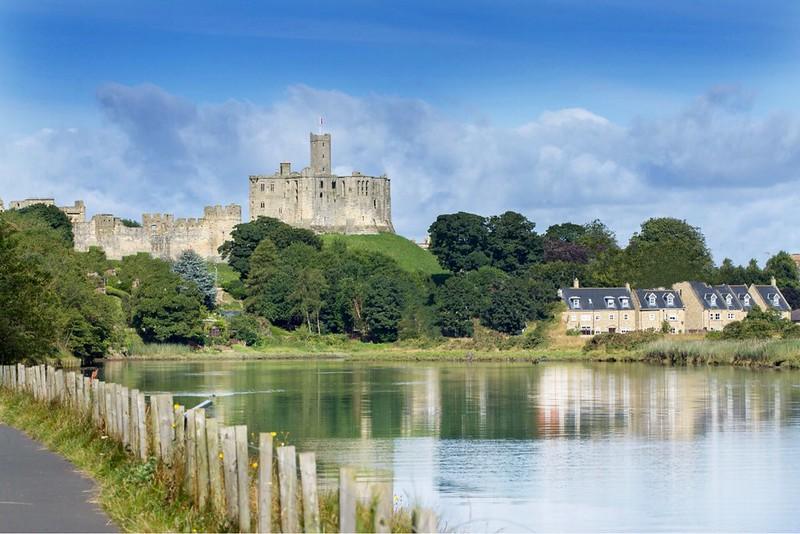
Throughout its history, Warkworth Castle has witnessed numerous sieges and changes in ownership. The castle was fortified and expanded over the centuries, reflecting the evolving military architecture of the time. The Percys, who were granted the title of Earls of Northumberland, used the castle as a residence, and it became a symbol of their power and influence in the region.
The castle's historical significance is further underscored by its association with notable figures, including Henry Percy, known as "Hotspur," who played a pivotal role in the conflicts of the late 14th century. In the 16th century, the castle began to decline in military importance as the nature of warfare changed, and it transitioned into a more residential role.
Despite its decline, Warkworth Castle remained a focal point of local governance and culture. The castle's historical narrative is intertwined with the broader story of Northumberland, reflecting the region's feudal past and the shifting dynamics of power in medieval England.
Today, Warkworth Castle is recognised as a Scheduled Ancient Monument and a Grade I listed building, ensuring its preservation for future generations. It stands as a testament to the rich history of the North East of England, drawing visitors who seek to understand the complexities of its past and the stories that echo through its stone walls.
Architectural Features That Define Warkworth Castle
Warkworth Castle is renowned for its impressive architectural features that showcase the evolution of medieval design. The castle's layout is characterised by a concentric design, with a series of defensive walls and towers that create a formidable stronghold.
The most striking feature is the imposing keep, a massive stone structure that served as the heart of the castle. The keep's robust walls and narrow windows reflect the military purpose of the castle, designed to withstand sieges and attacks.
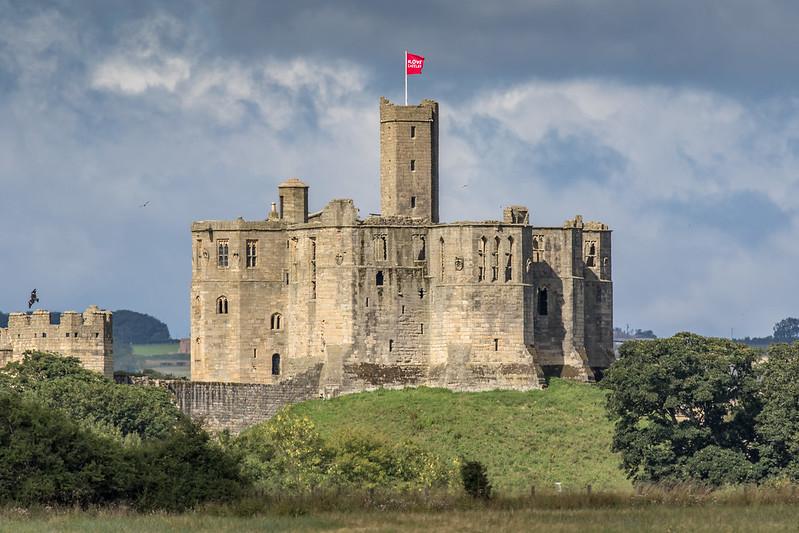
The castle's gatehouse is another notable architectural element, featuring intricate stone carvings and a drawbridge that once provided access to the inner courtyard. This entrance not only served a practical purpose but also conveyed the power and prestige of the Percy family.
Visitors can admire the remnants of the gatehouse's portcullis and arrow slits, which highlight the castle's defensive capabilities. Inside the castle, the Great Hall stands as a testament to the social and political life of the time. With its high ceilings and large windows, the hall was a gathering place for feasts and important meetings.
The remnants of the fireplace and the stone benches provide insight into the daily life of the castle's inhabitants. The architectural design of the Great Hall reflects the importance of hospitality and the display of wealth among the nobility.
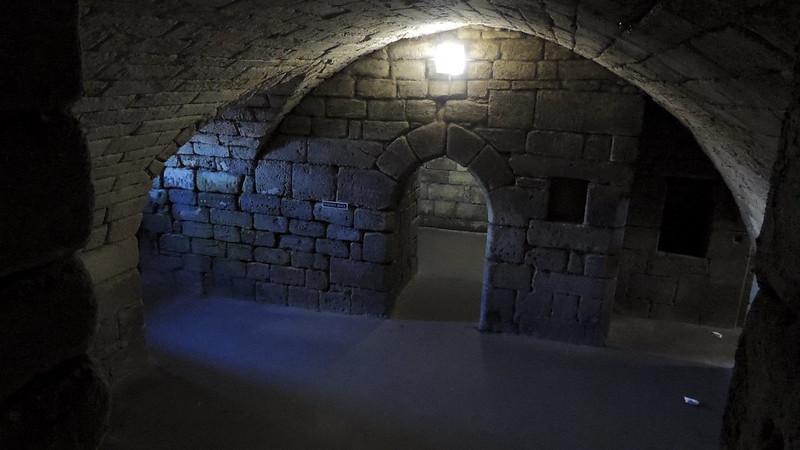
Warkworth Castle also features a series of well-preserved domestic buildings, including the chapel and the living quarters. These structures offer a glimpse into the lifestyle of the castle's residents, showcasing the blend of functionality and elegance that characterised medieval architecture.
The combination of defensive and domestic elements makes Warkworth Castle a unique example of its kind, illustrating the dual purpose of fortifications during a time of conflict.
Exploring the Surrounding Landscape and Attractions
The landscape surrounding Warkworth Castle is as captivating as the castle itself, offering visitors a chance to immerse themselves in the natural beauty of Northumberland. The castle is set against a backdrop of rolling hills and lush greenery, with the River Coquet flowing nearby.
This picturesque setting provides ample opportunities for outdoor activities, including walking, cycling, and birdwatching, making it an ideal destination for nature enthusiasts. Just a short distance from the castle lies the charming village of Warkworth, which boasts a rich history and a vibrant community.
Visitors can explore the quaint streets lined with traditional stone cottages, local shops, and cafes. The village is also home to St. Lawrence's Church, a stunning medieval structure that features intricate stained glass windows and a beautiful interior, adding to the historical allure of the area.
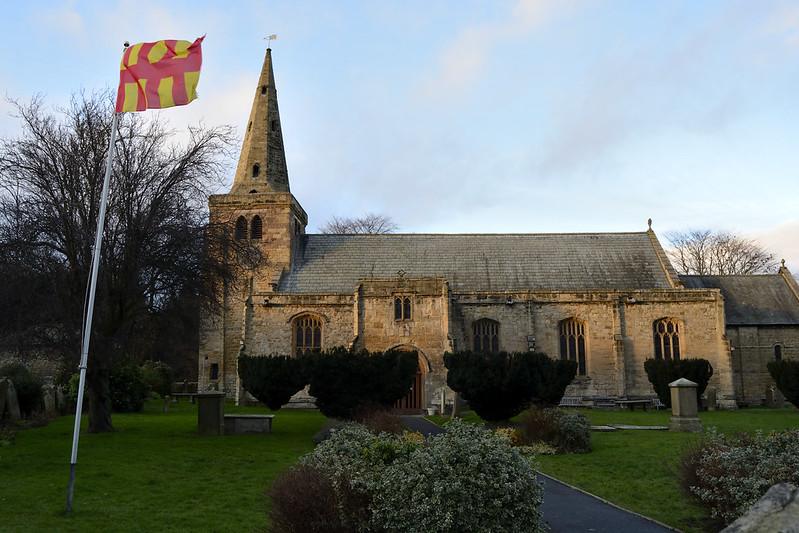
For those interested in further exploration, the nearby Northumberland Coast Area of Outstanding Natural Beauty offers breathtaking coastal scenery and a variety of wildlife. The region is dotted with sandy beaches, dramatic cliffs, and charming fishing villages, providing a perfect complement to a visit to Warkworth Castle.
The coastal paths are ideal for leisurely walks, allowing visitors to take in the stunning views of the North Sea. Additionally, the castle's proximity to other historical sites, such as Alnwick Castle and Cragside, makes it a convenient base for exploring Northumberland's rich heritage.
These attractions, along with Warkworth Castle, create a comprehensive experience for visitors, allowing them to delve into the history and natural beauty of this remarkable region.
Visitor Information: Planning Your Trip to Warkworth Castle
Planning a visit to Warkworth Castle is straightforward, with several options available for accessing this historical site. The castle is located just off the A1068 road, making it easily reachable by car. There is a designated parking area for visitors, ensuring convenient access to the castle grounds.
For those relying on public transport, local bus services connect Warkworth with nearby towns, and the nearest train station is located in Alnwick, approximately six miles away. Warkworth Castle is managed by English Heritage, and visitors can purchase tickets online or at the entrance.
The castle is open to the public throughout the year, although opening hours may vary seasonally, so it is advisable to check the official website for the most up-to-date information. Guided tours are available, providing an in-depth exploration of the castle's history and architecture, led by knowledgeable staff who can share fascinating stories about the site.
Facilities at the castle include a visitor centre, where guests can learn more about the history of Warkworth and its significance in the region. There are also picnic areas for those wishing to enjoy a meal amidst the scenic surroundings. Additionally, the castle shop offers a range of souvenirs and local products, allowing visitors to take a piece of Warkworth home with them.
When planning your visit, consider the best time of year to experience Warkworth Castle. The summer months offer pleasant weather and longer daylight hours, making it ideal for outdoor exploration.
However, spring and autumn also provide a beautiful backdrop, with blooming flowers and vibrant foliage enhancing the castle's charm. Regardless of the season, Warkworth Castle promises an enriching experience for history enthusiasts and casual visitors alike.
Warkworth Castle stands as a remarkable testament to England's medieval heritage, offering visitors a unique opportunity to explore its rich history and stunning architecture. From its strategic significance during times of conflict to its architectural grandeur, the castle encapsulates the essence of Northumberland's past.
The surrounding landscape and attractions further enhance the experience, making it a must-visit destination for anyone interested in history and natural beauty. Whether you are a local resident or a traveller from afar, a visit to Warkworth Castle is sure to leave a lasting impression, inviting you to step back in time and appreciate the stories etched into its ancient stones.
Experience Days Around Northumberland
FAQ’s
What is Warkworth Castle?
Warkworth Castle is a historic medieval fortress located in the village of Warkworth, Northumberland, England. It was originally built in the 12th century and has been associated with the powerful Percy family, the Earls of Northumberland.
Where is Warkworth Castle located?
Warkworth Castle is located in the village of Warkworth, which is situated along the River Coquet in Northumberland, England. It is approximately 7 miles southeast of Alnwick and close to the Northumberland coast.
Can I visit Warkworth Castle?
Yes, Warkworth Castle is open to the public. Visitors can explore the castle's ruins, including the keep, gatehouse, and other medieval structures. The site is managed by English Heritage, and tickets can be purchased on-site or online.
What are the main attractions at Warkworth Castle?
The Keep: A well-preserved, impressive structure with stunning views of the surrounding countryside.
The Gatehouse: The entrance to the castle, which gives a sense of the castle's former grandeur.
The Great Hall and Chapel: Explore the ruins of these important medieval buildings.
Warkworth Hermitage: A unique, medieval religious site carved into the rock, accessible via a short walk and a boat ride across the River Coquet.
What is the history of Warkworth Castle?
Warkworth Castle was built in the 12th century and expanded over the years, particularly under the Percy family, who became its most famous residents. The castle played a role in various historical conflicts, including the Wars of the Roses. It later fell into decline but remains a significant historical site today.
Are there any events or reenactments at Warkworth Castle?
Yes, Warkworth Castle hosts a variety of events throughout the year, including historical reenactments, medieval fairs, and family activities. These events are often themed around the castle's rich history and are popular with both locals and tourists.
Is Warkworth Castle suitable for children?
Yes, Warkworth Castle is family-friendly and offers plenty of opportunities for children to explore and learn about medieval history. Interactive displays and occasional family-oriented events make it an enjoyable visit for younger visitors.
Is Warkworth Castle accessible to visitors with disabilities?
While the grounds of Warkworth Castle are accessible to some extent, the historic nature of the site, including uneven surfaces and steps, may make access difficult for those with mobility issues. It’s advisable to contact the site in advance for specific accessibility information and assistance.
